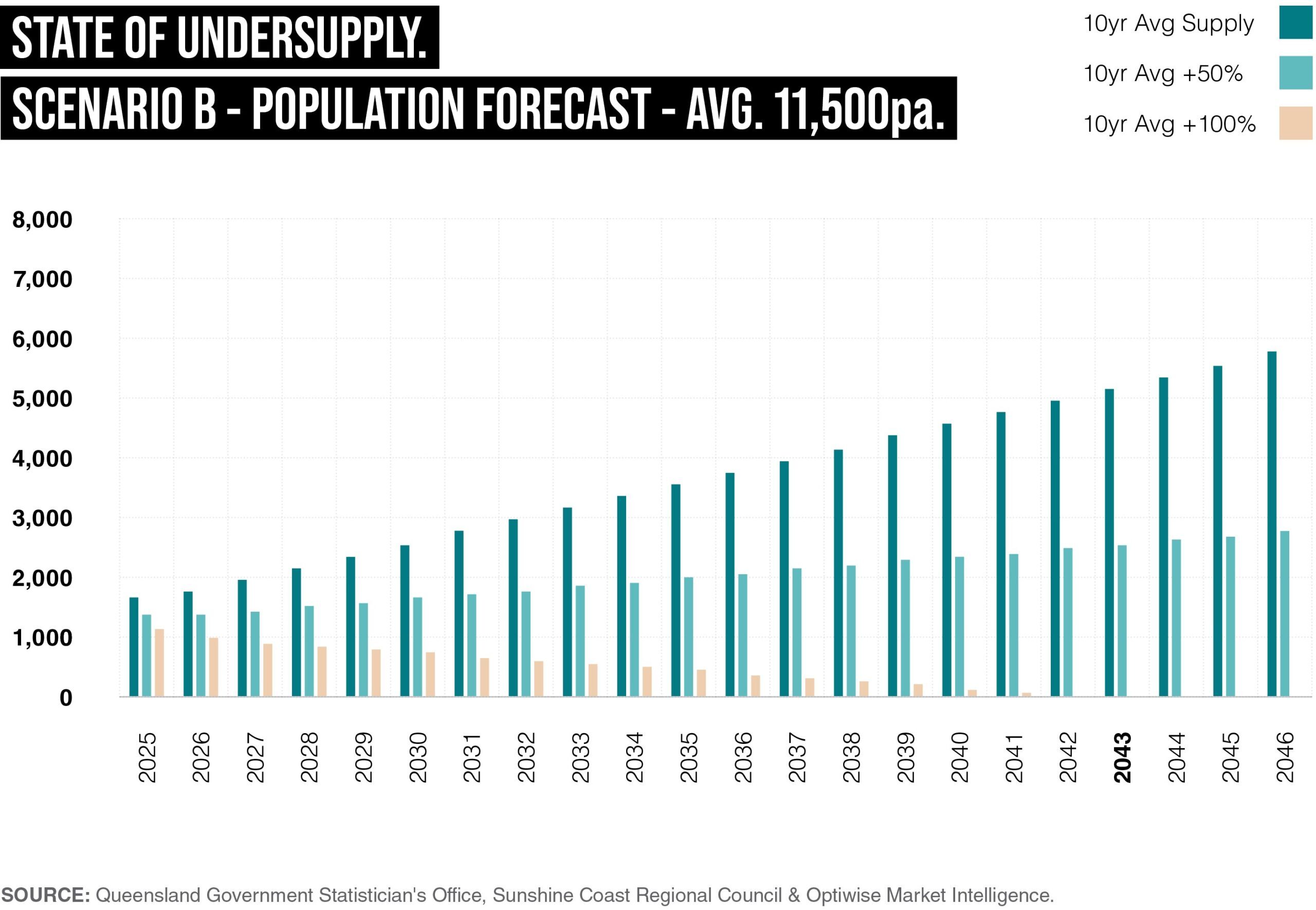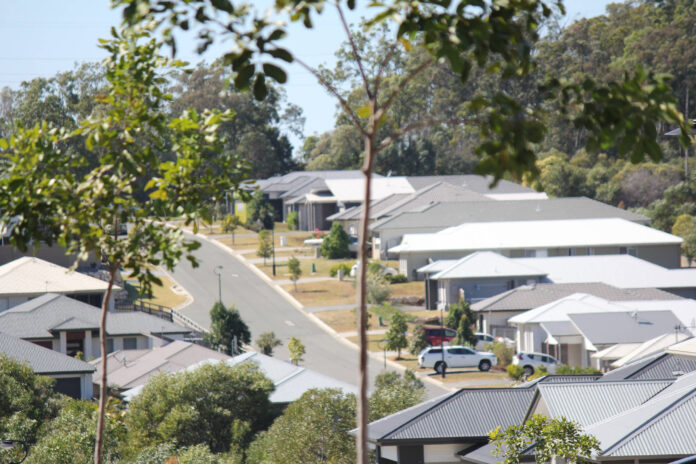A new report from a Sunshine Coast-based property consultant has warned that housing supply must double within eight years to prevent long-term economic and social repercussions.
According to the Sunshine Coast Property Market Update, compiled by Optiwise Property Group, the region has a severe undersupply of housing, driven by rapid population growth and insufficient development.
The report stated that the shortfall was exacerbated by a lack of housing options such as townhouses, duplexes and smaller low-rise development, which can provide affordable and accessible housing.
Optiwise Property Group founder and lead researcher Mel Cayley said a number of factors had contributed to the region’s housing woes.
“The main issue is that while government has an important role to play in providing social housing, their lack of understanding and empowerment of experts has meant that they have created the majority of the causes to this crisis,” he said.
“They now see themselves, supported by much of the general public view, that they are the solution. Put simply, you can’t be the cause and the cure.

“At the same time, supply chain challenges, global fragmentation and long-standing community biases have worsened the situation.”
Mr Cayley expected conditions to improve but he said significant changes were required to address the situation.
“It is likely that we will see some improvement from current levels of supply and optimistically this could be as much as an average of 30 per cent increase,” he said.
“We don’t doubt there will be periods of short-term high levels of supply.
“However, over the longer term, without a dramatic change in approach to solving the housing issue, we can’t see fundamental shifts in supply in the short or medium term, meaning the crisis will continue to worsen year on year.”
Do you have an opinion to share? Submit a Letter to the Editor at Sunshine Coast News via news@sunshinecoastnews.com.au. You must include your name and suburb.
Mr Cayley said property owners could continue to see their properties grow in value and rents could continue to rise in response to the supply demand imbalance.
“The difference between the haves and have-nots will come down to those who own property,” he said.
“We must act now to ensure that the region can meet the needs of its current and future residents and not send us into an unending housing crisis where tent cities become the norm.”
The report also highlighted the growing population attracted to the Sunshine Coast by its unique blend of lifestyle, innovation and opportunity.
The report stated that the influx is fuelling demand for housing, further underscoring the need for action to accommodate a diverse and expanding population.

The report emphasised that residential property investors should be considered a vital part of the solution to the housing crisis.
“Investors are saviours of this crisis, not the scoundrels the current narrative makes them out to be,” Mr Cayley said.
“They play a key role in increasing housing supply and diversity, and we must engage them as partners in addressing these challenges.”
The report calls for urgent collaboration among government, industry, investors and the community to develop innovative housing solutions that will sustain the Sunshine Coast’s growth and prosperity.
Key findings
- Undersupply and urgent needs: The report identifies a growing undersupply of more than 14,000 homes, forcing many to seek alternative housing arrangements or leave the region altogether. It is also stopping much-needed diversity in the community and workforce from being able to afford to come to the region. Current housing solutions fall drastically short of meeting the demands of the Sunshine Coast’s rapidly expanding population and continue to expand the undersupply.
- Supply scenarios and challenges: The report presents different scenarios to address the crisis. If the housing supply remains at its current rate, the shortfall is expected to worsen, and the crisis may persist indefinitely. Scenarios presented in the report show that increasing supply by 50 per cent could resolve the crisis by 2043, but only doubling the supply can ensure resolution by 2032. However, significant challenges, such as impediments within council, restrictive policies at all levels, lending constraints and construction industry issues, make this target almost impossible to achieve.
- The missing middle: There is a critical need for housing solutions to cater to middle-income earners and families. The lack of such options contributes to the crisis, leaving a gap in the housing market that continues to grow.
Help us deliver more by registering for our FREE daily news feed. All it requires is your name and email at the bottom of this article.





